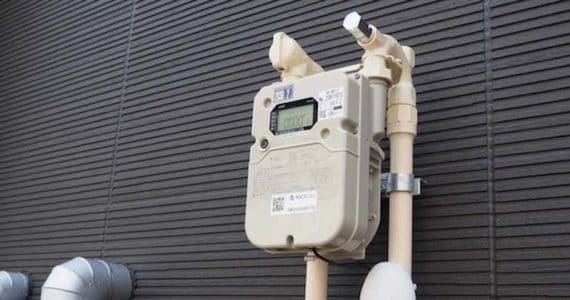By Hussain Suleman
COVID-19 has forced us into a contactless era, prompting organizations across industries to seek solutions that can conduct critical processes while limiting physical intervention.
In the past, facility managers have relied heavily on manual, on-site meter readings to collect information on water, gas, or energy consumption. This hand-written data would then determine maintenance efforts and servicing. Not only are these readings time consuming and prone to error, but they consist of many face-to-face interactions with renters or office managers, a practice many are trying to cut down on.
To enhance operations, while simultaneously keeping those in the facilities safe, managers are increasingly leveraging IoT devices to remotely manage water, energy, and gas consumption.
Here’s what to know:
How the IoT Can Enable Remote Monitoring
By placing IoT sensors on water and gas meters, facility managers can collect real-time data on pressure, consumption, efficiency, and more—in a more cost-effective way than traditional methods. This not only improves the bottom line, but allows for better customer engagement by leveraging actionable insights that can support more proactive communication and service.
For instance, IoT devices can monitor systems for leak detection, abnormal efficiencies, or other potential problems. Facility managers can then use this data to more efficiently provide needed or preventative maintenance. And unlike manual check-ins, the IoT is scalable, making it easy to check in on multiple meters, in multiple buildings at the same time. This means better customer service—and preventative maintenance—at scale.
While new, these IoT-enabled remote monitoring capabilities are already being deployed across the globe. For example, Nicigas, a utilities and energy company in Japan, is deploying 850,000 smart meters to collect and transmit gas consumption data to Nicigas’ platform. Since the adoption of the IoT device, meter data that used to be read manually by agents once a month is now collected by the device on an hourly basis. The collected data is used to visualize and predict the amount of gas remaining in households, allowing timelier replacement of gas cylinders. In addition, the device also reports on meter related incidents. In the event of an earthquake, for example, the gas valve is programmed to auto-close, bringing convenience and real-time security to the properties. The devices not only enable more meters to be read at one time and improve customer service, but keeps employees and customers safe by limiting human intervention.
Leveraging the 0G Network to Harness the Potential of the IoT
The value of remote monitoring of water, gas, and other utilities can only be realized if the IoT sensors attached to meters and valves are connected to a network that is efficient, affordable, and wide-ranging.
Facilities located in urban areas need coverage for IoT devices that spans the wide reach of an entire city and surrounding areas in order for the devices to be connected. For example, a company that has facilities across several states or towns may not be able to use one standardized solution, which could affect if it moves forward with remote monitoring or other IoT applications.
A 0G network can be valuable here, connecting billions of devices to the internet cost-effectively while consuming as little energy as possible to extend device battery life. A 0G network delivers smaller, concise pieces of information at intervals, over long ranges, and without sacrificing quality, perfect for the simple messages required to power remote monitoring and smart decision making.
By turning to IoT devices running on a 0G network, facility managers can take steps to protect their buildings, employees, and customers, while also avoiding damages and increasing the bottom line. By making the switch, managers can get ahead of maintenance and better serve their customers during the pandemic and far into the future.
 Suleman is the Vice President of Sales at Sigfox USA, the world’s leading service provider for Internet of Things (IoT). Hussain has over 15 years of experience in the technology sector, with expertise in IoT, digital transformation, and enterprise mobility, with a passion towards driving disruptive technologies into new markets.
Suleman is the Vice President of Sales at Sigfox USA, the world’s leading service provider for Internet of Things (IoT). Hussain has over 15 years of experience in the technology sector, with expertise in IoT, digital transformation, and enterprise mobility, with a passion towards driving disruptive technologies into new markets.
Click here for more facility management news related to technology.





















![[VIDEO] Collect Asset Data at the Speed of Walking a Building](https://facilityexecutive.com/wp-content/uploads/2024/02/maxresdefault-324x160.jpg)